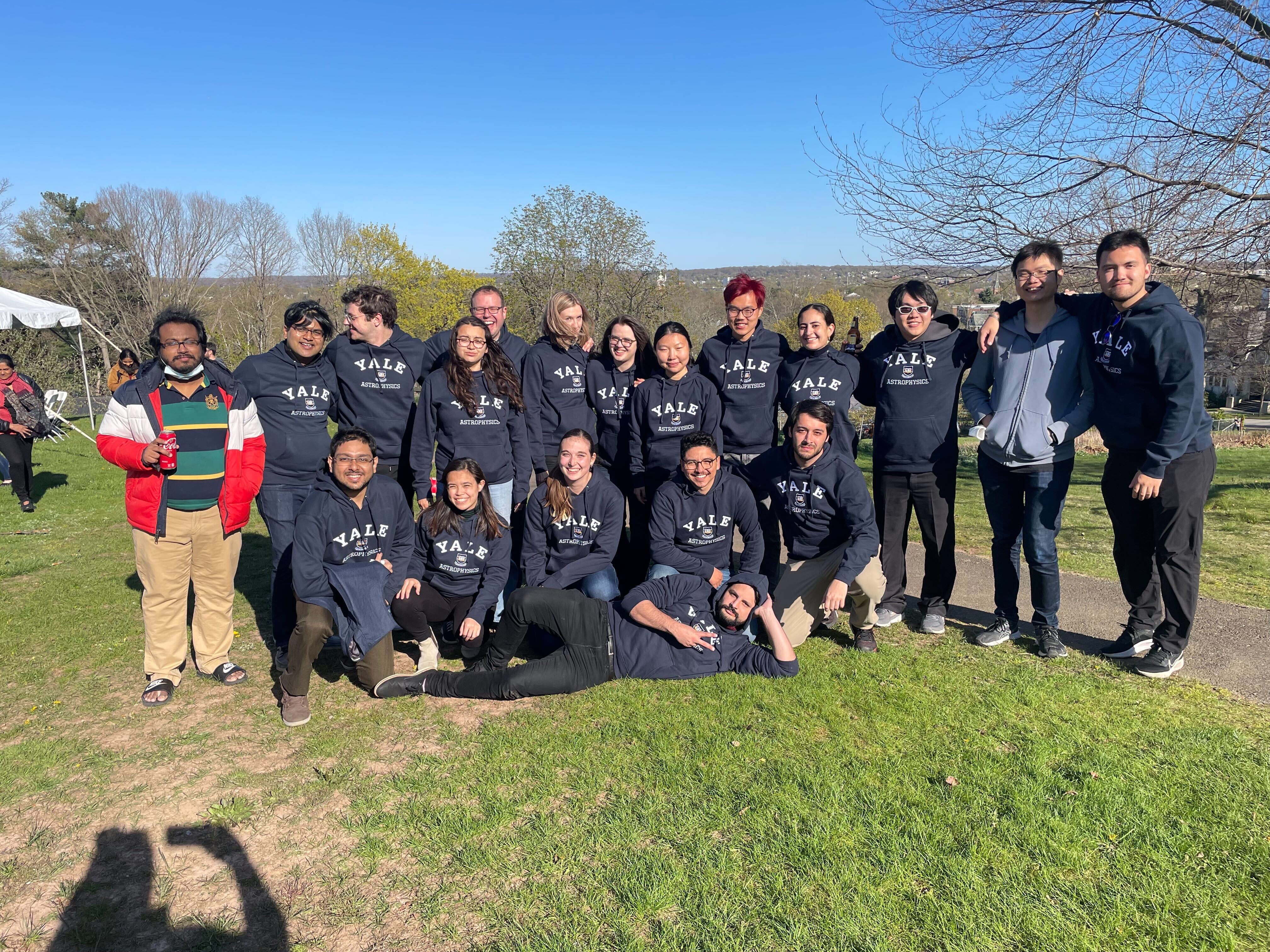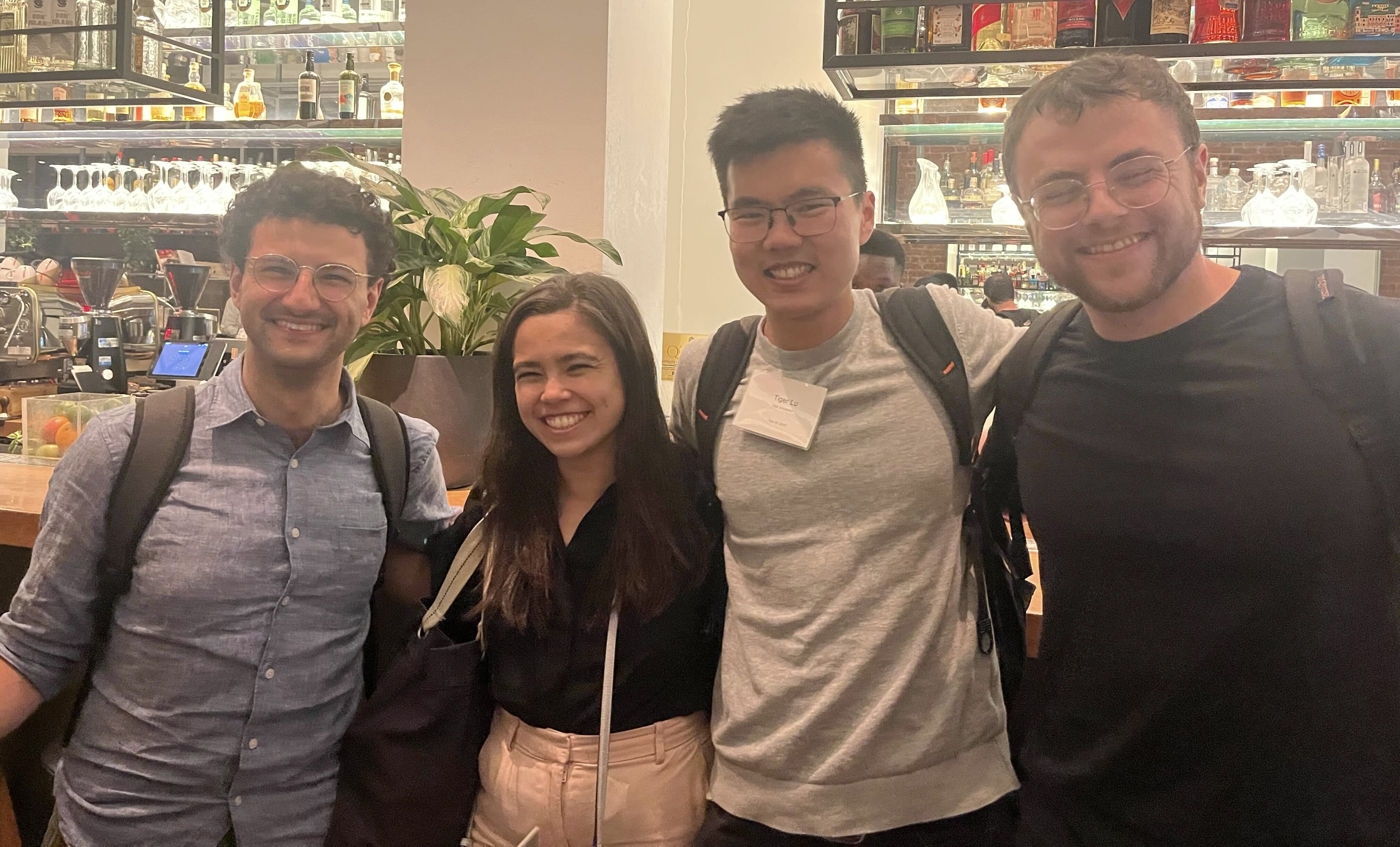
About Me
Welcome to my webpage! My name is Malena Rice, and I am a planetary astrophysicist and an Assistant Professor in the Yale Department of Astronomy.
Academic background
I received my PhD at Yale University in 2022, where I was an NSF Graduate Research Fellow and a P.E.O. Scholar. Before that, I received my Bachelor's degrees in Physics and Astrophysics from UC Berkeley in 2017 as a Regents' and Chancellor's Scholar. I was fortunate to spend one year as a 51 Pegasi b Postdoctoral Fellow at the MIT Kavli Institute before returning to Yale Astronomy as an Assistant Professor in 2023. I received the 2022 IAU PhD Prize for my dissertation, "A Dynamical Synthesis of Planetary Systems". I was also named to the 2023 Forbes 30 Under 30 list and was selected as a 2023 Rising Talent by the Women's Forum for the Economy & Society, as well as a 2023 and 2024 Scialog Fellow with the RCSA. In 2024, I became a National Geographic Explorer, and in 2025 I received the Girls Inc. Inspiration Award.
Ph.D. Astronomy, Yale University (2022)M.Phil. Astronomy, Yale University (2020)
M.A. Astronomy, Yale University (2020)
B.A. Astrophysics, UC Berkeley (2017)
B.A. Physics, UC Berkeley (2017)
General Background
I am originally from Simi Valley, CA (USA). I am mixed-race and come from a multicultural background, with Sino-Vietnamese and American roots. In my free time, I enjoy eating great bread, learning about modern and contemporary art, playing the flute and piano, reading in coffee shops, and getting outdoors. I also love to travel and find new ways to broaden my perspective.
I co-chair the Demographics & Architectures sub-working group for the upcoming NASA Habitable Worlds Observatory, through which I support science case development as part of the Solar Systems in Context team. I am also an Executive Committee Member in the NASA Exoplanet Exploration Program Analysis Group (ExoPAG), a Steering Committee Member for the NASA ExoExplorers program, and a member of the inaugural TESS Users Committee (TUC). Last but not least, I am a PI with the CycloAstro Project, supported by the Heising-Simons Foundation. I am passionate about research, teaching, and outreach, and I am always looking for ways to support early-career astronomers in both my department and my broader community.











